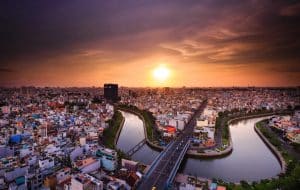Capturing the best photos in low light can be quite challenging. Low light photography is an art in itself. It’s not limited to night or evening shoots; variations in daylight, such as shaded areas, also qualify as low light scenarios. Essentially, low light photography is all about managing luminance.
Here are some handy tips for shooting in various low light conditions:
Use A Higher Shutter Speed
Blurred images often result from slow shutter speeds. The shutter speed determines how long your camera’s sensor is exposed to light. To get sharp images, increase the shutter speed to avoid camera shake or blur.

Selecting an appropriate lens is crucial. Professional zoom lenses with adjustable depth of field allow you to zoom in or out and fine-tune your focus.
Stabilise Your Shots
When using compact cameras, enable image stabilisation to reduce blur. Brands like Nikon, Fuji, Sony, and Canon incorporate advanced stabilisation technology in their cameras and lenses.
Keep Your Object Close to the Light Source
Positioning your subject near natural light, such as by open windows or doors, improves image brightness and quality.
High ISO Settings
Raising your camera’s ISO makes the sensor more sensitive to light, allowing faster shutter speeds and clearer images.
Shoot in RAW Format
RAW files retain more image data with less noise, offering better quality for post-processing and helping to avoid blurriness caused by compression.

High-resolution sensor cameras reduce noise in low light. Although they may be costly, they significantly improve image quality in dim environments.
Use A Flashlight
In dark settings, use an external flash or your camera’s flashlight to illuminate the subject effectively.
Switch From Autofocus to Manual Focus
Autofocus often struggles in low light. Using manual focus, possibly aided by a flashlight, ensures your subject is sharp. Avoid touching the screen until the focus is correctly set.
Practice Makes Perfect
Low light photography is a skill perfected with practice. Shoot in different lighting shades and environments to understand how light behaves and improve your results.

